How to use a Mac mini as a home server, part 3 – software
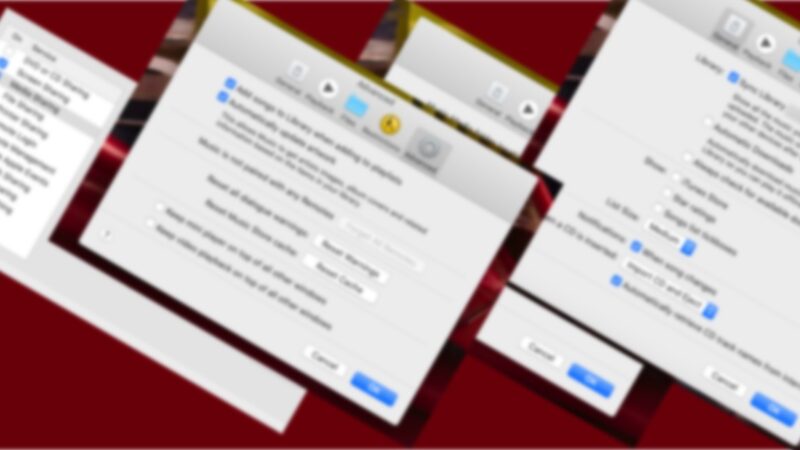
This is part 3 of the series about the Mac mini server. Do read part 1 about the requirements and the hardware, and part 2 about the repairs and the network setup first.
Contents of this blog post
- Music
- Films and TV Series
- Photos
- Music, Films, Photos – the Plex alternative
- Staging Server
- Backups
- Conclusions
I have more than 28000 mp3 files, ripped from CDs I got rid of long ago. I do not want 150Gb of music on my MacBook all the time (note: I will keep some mp3s on the MacBook, but just a few thousand), and I do not want to pay for enough iCloud storage to store them all there too. But playing this music at home (and on the road as well if possible) – and indeed from multiple devices – is one of the central aims of the server project. So how do you do this?
The answer is initially simple, but there were some glitches to get it just right. It all starts with Apple Music on the Mac mini.
The setup in the Music App and in Media Sharing in System Preferences is:
This makes an orderly media library on the Mac mini. Also as an External DVD Drive is currently connected so as to rip the few other CDs and DVDs I have here, these CDs will then be saved to the Mac mini library and then also accessible to the other devices connected here.
That’s all easy enough.
But what about sharing this Library?
To other Macs on the network (but not elsewhere) “Share media with guests” works – the Library appears in Music (or, on older Macs, iTunes) on the network. But this does not work on iOS devices. Here, and elsewhere on the net when travelling, “Home Sharing” has to be used, and is explained here – note this must not be confused with Family Sharing. The confusing thing with Home Sharing that Apple does not explain on its explanation page is that you can use a different Apple ID for Home Sharing than for the main Apple ID on your device. So my partner’s iPhone has her Apple ID as the main one, but my Apple ID for Home Sharing – because my Apple ID is the one that is set for Home Sharing on the Mac mini. You could of course make a completely separate Apple ID for your server, but then you have headaches with 2FA and app purchases, so I have stuck to using my own Apple ID and my partner using this for Home Sharing.
Last but not least, does all of this work with the old AirPort Express 1st Generation that is connected to the hifi in the living room? Yes. I can play music on my MacBook Pro or iPhone, with the file on the Mac mini, and the output is sent to the AirPort Express.
Anyone who knows me well knows I am not a big film or television watcher. But there are a few series I have bought over the years, and some DVDs too. All of those DVDs hanging around are going to be ripped and saved to the Mac mini. For this I have installed Handbrake on the Mac mini (guide here), and decrypting them using libdvdcss (explained here) installed with Homebrew (guide about how to install it here).
But just as with the music, how do you share this?
The answer is rather similar – use Home Sharing. This allows shows to be viewed on an iPhone in the TV App, and on the other Macs too.
I might have 150Gb of music, but I have 500Gb of Photos. And here Apple’s bind-in to store photos in iCloud is even stricter than for music and for films. So here a file sharing system is the way to do it. Both my MacBook Pro and my partner’s MacBook Air will have 2 Photos libraries – a small one for everyday use that will reside on each Mac (and act as the System Library in each case, and in my partner’s case will also synchronise with iCloud). Then we will each have a sort of Archive Library for older photos, and those two Libraries will be stored on the server. To choose which Library to open, we then simply hold down ALT when starting the Photos App on each Mac. Moving photos between Libraries will be done with Power Photos, an App I already own that costs $30.
12. Music, Films, Photos – the Plex alternative
I have also experimented with Plex and Plex Media Server to do all of the above tasks – how to do it is explained here. Especially for films and TV shows it might prove to be a better bet than the Apple options. Time will tell which works best, but give Plex its due – it’s simple to get the server up and running, and it works well with Apple’s libraries as well.
The Coronavirus lockdown has not only made me think about building this Mac mini server, but has taken me back to one of my previous areas of work more than over the past few years – web design, specifically with WordPress. For years I have wanted a proper staging server for WordPress projects. There is an obvious solution for this – MAMP Pro. It costs €69, but offers a complete staging environment, especially for WordPress sites. This – together with Dynamic DNS (see point 8. in part 2 of the guide) – will allow me to send clients a login to test versions of their WordPress sites before launch, and I will be able to use the considerable processing power of the Mac mini to do the sort of server tasks that are slow otherwise – mass resizing of thumbnails for example. This staging server is going to need to have a SSL Certificate installed, and will need some configuration of port forwarding on the FRITZ!Box and Archer C7, neither of which are completely accomplished yet. Also for a lot of my training and teaching work I have large files that I need to share with clients – I will also use the Apache Web Server in MAMP Pro for this, with some sort of simple PHP front end – also to be finalised. This will allow me to close down an ownCloud installation I have on my other regular web server for this purpose at the moment.
All of the files for stages 9.-13. are backed up on an encrypted 2Tb WD Elements External HDD that is connected with USB 3 to the Mac mini – this is as simple to setup as Time Machine normally is. Eventually the MacBook Air will also be backed up, via WiFi, to the 750Gb External HDD also connected to the Mac mini, but that has not yet been finalised at the time of writing – a guide how to do that can be found here.
It’s hard to draw any solid conclusions from this project yet – the whole thing has just been completed, and it will only show its worth (or not) over the coming few weeks. The total cost of the project, software included, is something close to 500 Euro if you needed to purchase all of this from scratch. Some things – like screen share and remote access – proved simpler than I had expected. Dynamic DNS is a pain to get right, but looks really promising. Some of the media sharing has plenty of potential, but time will tell if it works out. I will update the blog post in a few weeks in light of experience with all of this!
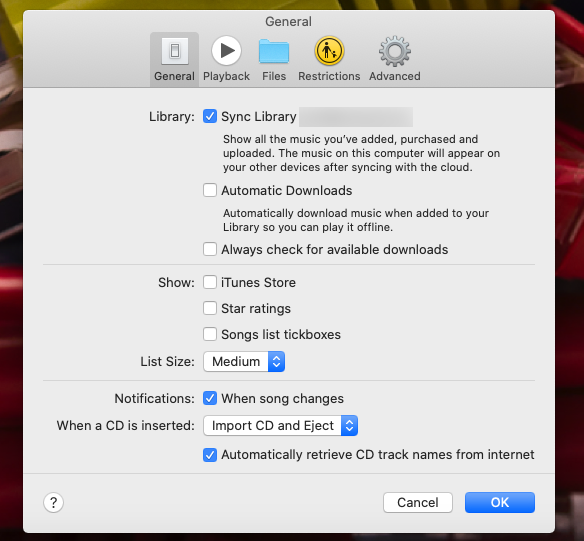
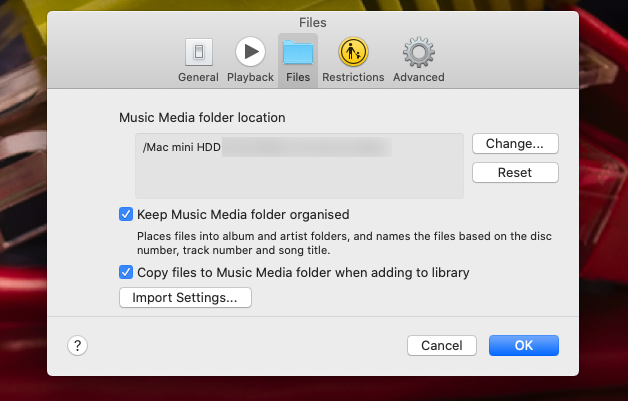
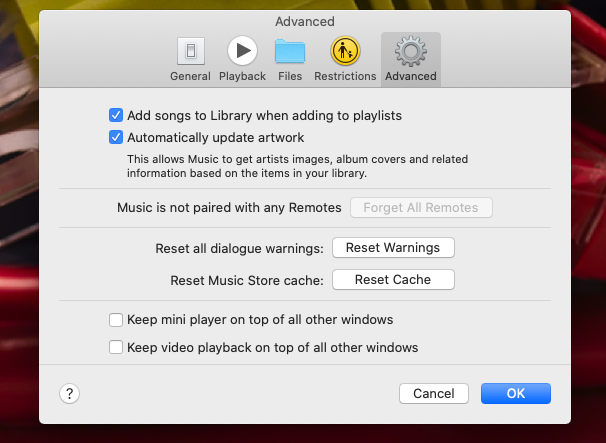
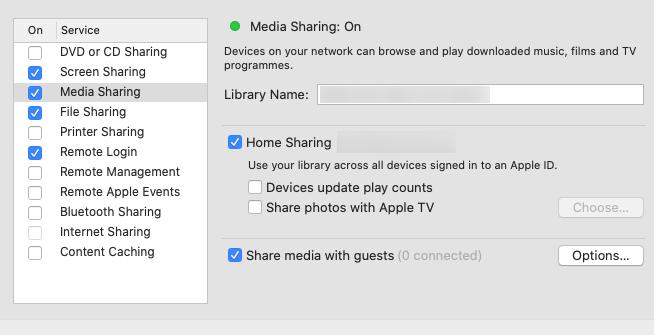
Hi Jon,
as an update to my comment from last year: I just replaced the 2009 MacMini with a 2012 one, as you recommended (i7@2.3 GHz in my case). Just saw one cheap on eBay and got it. HD addition was ok. There are two aspects worth mentioning that made me spend some money on the solution. First, wake-on-LAN never really worked on the older machine, so I set it to “never” sleep which is less than ideal in terms of energy savings. Now it can sleep whenever I allow it to and it’s there instantaneously when I need it. Then, there were occasional problems reaching it via the finder from other macs in the home network, and these caused my kids to not really use it. This is all fixed now. A third plus is, it’s got enough power and RAM to run the last Windows app I really need from time to time in a virtual machine. And a fourth one, it only needs a display to be used as a workstation for occasional school stuff. In order to enable access for my Teufel Raumfeld system to the music files, I had to use the terminal to enable SMB 1 protocol which is off per default in Catalina (10.15). Good to see, unix stuff is so well documented on the web, even for unix noobs like me.
In short, the “budget” solution has serious drawbacks, and the 2012 MacMini just does the job – very well and with added benefits. Thanks a lot for sharing!
Sven
Hi Jon- I am part way through my build. Can you please confirm something with iTunes/Apple Music? It use homesharing does iTunes/Apple music need to be running on the server machine? I think so, right?
That’s how I have it running, yes!
Jon- Thank you for this. Time to retire the old Windows Home Server. Thanks to this guide I have a path forward that looks promising.
Hi Jon, I’ve had a similar setup for years until the mac mini broke down. Just bought the new Mini M1. How do get the server to run and be accessible with remote desktop when the server starts without a monitor and keyboard? For some reason it does not show up in the (finder) network
Hi Jon!
I stumbled across your blog while searching for some info on a Mac Mini as a home server. I got an A1283 Mini (with internal 120 GB SSD) as a donation from a neighbor, squeezed in 8 GB of RAM and am using only an external 2 TB HD for the data. Could be expanded and/or made internal later on, but that was really a cheap attempt so far, just 50 € for the memory and a HDMI adapter to set up the machine on my TV. It‘s now running headless, controlled via my MacBook. So far it‘s running all smooth. Good thing: My Teufel Raumfeld streaming clients even don‘t need a DLNA or UPnP server, they just work with a SMB share with music on it. And a WebDAV server for the iOS devices.
Much, much better (and silent) solution than the previous DNS NAS. I plan to use it as a backup from now on. Let‘s see if the family gets used to store their files on the server so they can be accessed from any computer in the house. I think that type of flexibility might prove helpful when homeschooling gets its extra time soon…
So, thanks for all the info collected. Keep it up!
Sven
DuckDNS offers free dynamic DNS that’s very easy to use.
Hi Jon,
Thanks for documenting your media server project.
I thought that I would share my (limited) experience in this area. I’ve been working on setting up somewhat similar capabilities (but for a far smaller media library).
I have three devices connected to our home network:
Mac mini (2018) running Catalina
iPad 8th gen running IOS 14
Apple TV HD 4th gen (runs TVOS)
I used Apple Home Sharing setup with the Mac mini functioning as the media server (it is also used as a desktop machine). I use the Apple Music and Apple TV apps on the iPad for playback. The Computer app on the Apple TV box provides a similar capability.
I created a separate user account on the Mac to automatically start the Apple Music and Apple TV remote servers. I created new music and TV library files by adding media (without copying) from an external SSD (connected with USB 3.1 Gen 2).
Generally, the setup works fairly well. I did notice that the occasional pauses in video playback when viewing on the iPad but haven’t noticed similar issues using the Apple TV box.
Hello. I’ve been looking for a shared photo library solution for some time now and it’s quite frustrating that there is none. (Multiple iOS devices syncing to one common library accessed by multiple macOS devices)
I’ve also tried storing the photo library on a network share but even with wired connection, the access was terrible (close to 50gb data, never completed the project to import all my photos in there). Is almost like the Photos app was trying to read the whole library at once. Have you encountered this issue at all?
Thanks
Once you set up the external HD that’s connected to the Mac mini as the target for Time Machine backups, is it only available for that purpose? Could you create a folder for other things to store on that disc that aren’t Time Machine? I have having been searching for an answer to this, but obviously haven’t found it.
Thanks for this guide! I have an old 2011 mini currently in pieces on my dining room table. It was working but the fan was going all of the time so I decided to add an SSD second internal drive and am having challenges fitting both drives in and getting it up and running.
That said, if you can swap out the internals on the older minis, why then go for the higher USB connection for external drives? I’m looking to park all of our music & photo files (and eventually video) and running Plex, most likely. I don’t know if I need to give up on my 2011 mini and buy a 2012’ish as you did?
So, after a month or so, how are you finding the mac-mini as a media server?
I currently use my MacPro as a ‘plex/media server’ as and when I need it but I think it is time to set up something more suitable, and this looks like a suitable option for the short-medium term.
Adrian
Hi Adrian – I have been using Music and TV (the standard Apple apps) because I have been at home the past few months due to COVID, hence I have not really had to put this through its paces from further afield!
Well done! I’ve been using Plex for 6-7 years for my movie and television collection. It’s pretty solid but they added bloat to the production that you have to wade through to get to the functionality that you want.
I’m getting my Mac Mini set up as primarily a docker container host running 5-6 different applications. My current challenge is the have the docker service start at boot time. Currently I have to log into the Mini before the service will start.